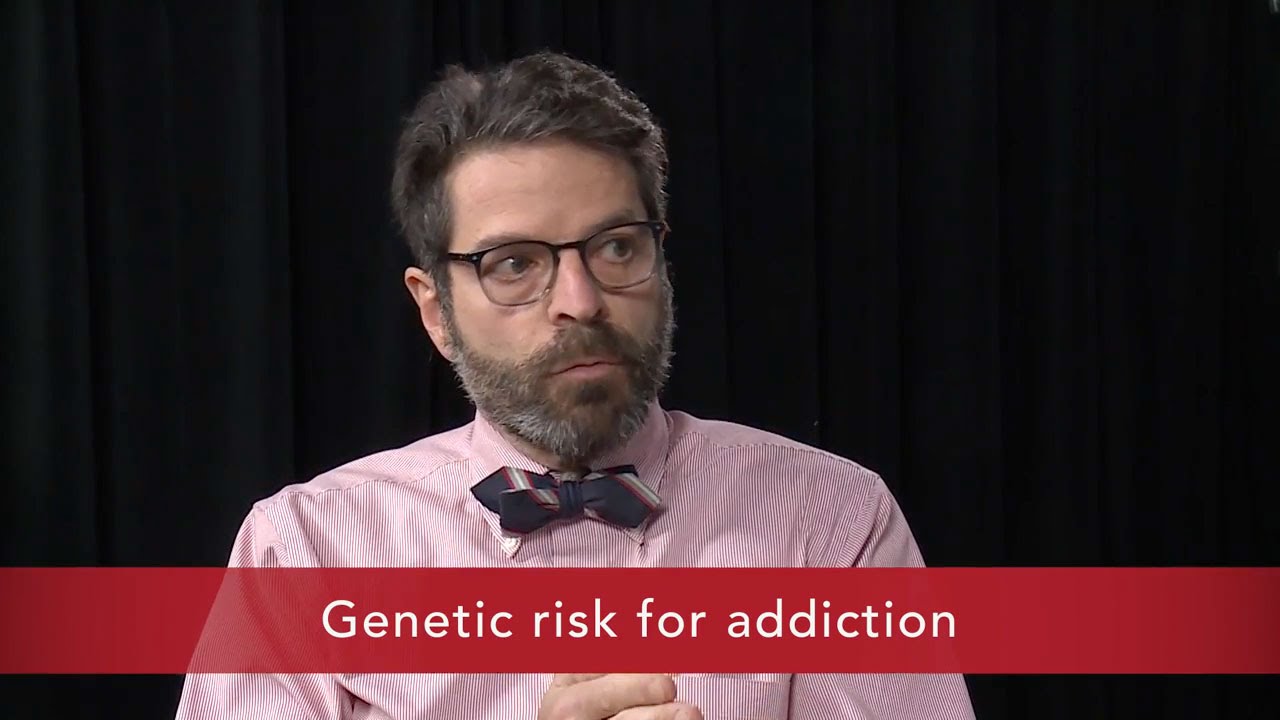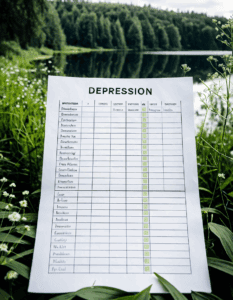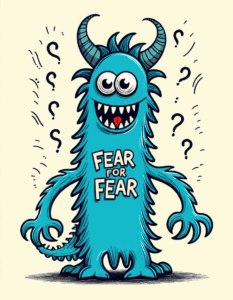Addiction is one of the most misunderstood issues that many families face today. Despite growing awareness, misconceptions about addiction persist. These misconceptions can lead to stigma and prevent people from seeking help. As we delve into this article, we’ll expose ten surprising truths that challenge these common misunderstandings.
Misconception #1: Addiction is a Choice
The Role of Neurology
Many still believe addiction is simply about willpower. However, decades of research indicate that addiction fundamentally alters brain chemistry and function. Studies from the National Institute on Drug Abuse (NIDA) show that substances like opioids hijack the brain’s reward system, making quitting incredibly difficult.
Personal Stories: The Journey of Robert Downey Jr.
Robert Downey Jr.’s battle with addiction demonstrates that even the most seemingly invincible can struggle. Despite his success, his addiction to drugs severely affected his life and career, showing that addiction transcends choice or character.
Misconception #2: Only Illegal Drugs are Addictive
The Legal Addictions: Alcohol and Prescription Drugs
One dangerous misconception is that only illegal substances can lead to addiction. However, alcohol and prescription medications can be just as addictive. The rise of opioid addiction in the U.S. often begins with legally prescribed painkillers like OxyContin or Vicodin, highlighting how common and insidious legal addictive substances can be.
| Misconception | Explanation |
| 1. Addiction is fundamentally about compulsive behavior | Addiction involves not just compulsive behavior but also significant changes in brain function, affecting decision-making, learning, memory, and behavior control. It’s a complex brain disease, not just a series of bad choices. |
| 2. Compulsive drug seeking is initiated outside of consciousness | Many believe that addictive behavior is entirely voluntary. However, research shows that compulsive drug-seeking behaviors are often initiated outside of conscious awareness, driven by subconscious neural mechanisms. |
| 3. Addiction is about 50% heritable and complexity abounds | There is a common misconception that environment alone causes addiction. While environmental factors are crucial, genetics also play a significant role, contributing to around 50% of the risk. Addiction involves a complex interplay of genetic and environmental factors. |
| 4. Most people with addictions who present for help have other psychiatric problems as well | Many assume that addiction occurs in isolation. In reality, co-occurring psychiatric issues like depression, anxiety, and PTSD are common among those with addiction, necessitating comprehensive treatment approaches that address both addiction and mental health. |
| 5. Addiction is a matter of willpower | There is a strong belief that overcoming addiction is simply about having enough willpower. Science shows that addiction changes the brain in ways that make quitting much more than a matter of willpower; it often requires medical and psychological intervention. |
| 6. Addicts belong to a certain demographic | Addiction can affect anyone regardless of age, race, gender, or socioeconomic status. It’s a universal issue that does not discriminate. |
| 7. One can outgrow addiction | Some think that with time, people will naturally “outgrow” their addiction. However, addiction is a chronic disease that often requires ongoing management and support. Without proper treatment, the risk of relapse remains high. |
| 8. Detox is all that’s needed | Detoxification is just the first step in addiction treatment. Comprehensive care including therapy, medication, and support systems are essential for long-term recovery. Detox addresses the physical aspect but not the psychological needs of the patient. |
| 9. Prescription drugs are safe and non-addictive | Many believe prescription drugs are safe because they are medically prescribed. However, opioids, benzodiazepines, and stimulants, even when prescribed, carry a high risk of addiction. |
| 10. People with addiction are morally weak or bad | Stigmatizing addiction as a moral failing leads to discrimination and prevents individuals from seeking help. Addiction is a medical condition, and treating it as such improves outcomes and reduces stigma. |
Misconception #3: Addiction Only Affects Certain Demographics
Breaking Stereotypes: Addiction Knows No Boundaries
Contrary to popular belief, addiction does not discriminate based on age, gender, socioeconomic status, or ethnicity. Data from the Substance Abuse and Mental Health Services Administration (SAMHSA) indicates that people from all walks of life can fall victim to addiction, whether it’s a teenager in high school or a high-powered executive working on Wall Street.
Misconception #4: You Have to Hit Rock Bottom Before Getting Help
Early Intervention Matters
The myth that individuals must hit “rock bottom” to truly begin recovering is not only misleading but also potentially harmful. According to research conducted by the American Psychological Association (APA), early intervention can significantly improve the chances of recovery. Programs like those at the Hazelden Betty Ford Foundation emphasize the importance of seeking help as soon as symptoms of addiction begin.
Misconception #5: Rehab is a One-Time Fix
The Necessity for Ongoing Treatment
Many assume that rehabilitation centers offer a one-time, miraculous cure for addiction. However, addiction is a chronic disease requiring ongoing treatment and lifestyle changes. Investigations into programs like those at the Betty Ford Clinic show that successful recovery often involves a combination of inpatient care, outpatient counseling, and long-term support.
Misconception #6: Addicts are Easy to Identify
The Invisible Struggle
The stereotypical image of an addict—a homeless person or someone visibly unkempt—is severely outdated. Many individuals struggling with addiction maintain employment, relationships, and a seemingly normal lifestyle. Public figures such as musician Demi Lovato have openly discussed their battles with addiction, underscoring that it is often hidden behind a façade of normalcy.
Misconception #7: Addiction Only Affects the Individual
The Ripple Effect on Families
Addiction is a family disease; it affects not just the individual but also their loved ones. Studies from Harvard Medical School’s Center for Addiction Medicine show the substantial emotional, financial, and psychological toll on families. Support groups like Al-Anon exist specifically to help families navigate these challenging dynamics.
Misconception #8: Relapse Equals Failure
Reframing Relapse
Relapse is often seen as a failure, but it is actually a common part of the recovery process. Research from the Journal of the American Medical Association (JAMA) shows that relapse rates for addiction are similar to those for other chronic diseases like diabetes or hypertension. This underscores the importance of viewing relapse as a step, rather than an endpoint, in the recovery journey.
Misconception #9: Medication-Assisted Treatment Replaces One Addiction with Another
The Efficacy of Medication-Assisted Treatment (MAT)
Many believe that using medications like methadone or buprenorphine simply substitutes one addiction for another. Yet, the American Society of Addiction Medicine (ASAM) highlights that MAT can effectively reduce cravings, prevent relapse, and promote long-term recovery. MAT is carefully monitored and tailored to meet the needs of each individual.
Misconception #10: Willpower Alone Can Overcome Addiction
The Importance of Comprehensive Treatment
Relying solely on willpower to overcome addiction is a dangerous oversimplification. Comprehensive treatment, which includes behavioral therapy, counseling, and sometimes medication, is vital for effective recovery. Programs such as Cognitive Behavioral Therapy (CBT) offered at facilities like Mayo Clinic have shown robust results in treating addiction.
A New Understanding of Addiction
Shifting the narrative around addiction is crucial for fostering empathy and providing effective support. As we’ve uncovered, many widely-held beliefs about addiction are misleading or entirely false. Understanding the underlying truths helps dismantle stigma, promotes early intervention, and cultivates a more compassionate society equipped to address addiction comprehensively.
By debunking these misconceptions, we pave the way for more accurate, supportive, and effective approaches to one of today’s most pressing health crises. Moving forward, it becomes imperative for families, communities, and policymakers to base their decisions and support systems on these elucidated truths, ensuring that those struggling with addiction receive the understanding and help they truly need.
For more information on supporting addiction policy changes, resources on legal Rights For Addicts, and understanding the public perception Of addiction, visit Mothers Against addiction.
Whether you’re dealing with the invisible struggles in a family member or seeking support for your own recovery, knowing the surprising truths about addiction can make a huge difference. Let’s change the way we look at addiction, one truth at a time.
Misconceptions About Addiction: 10 Surprising Truths
Common Myths Debunked
We all think we know a thing or two about addiction, but often, what we know isn’t the whole story. There are quite a few misconceptions about addiction that might surprise you. For instance, did you know that addiction doesn’t just target rebellious teenagers? Interestingly enough, celebrities like David Hart, also find themselves grappling with addiction issues. So, if you’re thinking it’s just a phase or something that happens to “other” people, it’s time to think again.
Substance Use Isn’t Always About Escaping
Another misconception about addiction is that it’s solely about trying to escape life’s hardships. While this can be a factor, it’s not always the driving force. In fact, individuals living on Alum Rock Road in Birmingham may encounter addiction due to environmental and social factors. It’s not just about wanting to “check out”; sometimes, it’s about fitting in or coping with everyday stressors.
Addiction isn’t One-Size-Fits-All
Not everyone who tries substances becomes addicted, and addiction doesn’t manifest the same way in everyone. Even famous athletes aren’t immune. Take Tee Martin, for example, whose struggles underscore that addiction can affect anyone, irrespective of their success or physical prowess. Factors like genetic predisposition, mental health, and social environment play crucial roles in someone’s likelihood of developing addiction, proving it’s not simply about willpower or moral failure.
Surprisingly Roots in Popular Culture
Addiction has likely touched more of your favorite cultural icons than you’d ever guess. Take the talented Eden Tirl. Knowing that such celebrated names have faced addiction challenges might make the issue feel a bit more relatable and underscore the point that addiction is a universal issue, not confined to any single demographic or lifestyle.
So, next time you blow out candles thinking about Dolly Parton’s Birthday, also take a moment to appreciate the struggles many face in silence. Understanding these misconceptions about addiction is the first step to making a meaningful difference. Empathy and awareness are key in supporting those tackling this difficult journey.

What are the 10 most important things to know about addiction?
Addiction revolves around compulsive behavior. Compulsive drug seeking often starts outside of one’s conscious awareness and about 50% of addiction is heritable. Many people seeking help for addictions also face psychiatric issues. Essentially, addiction is a deep and complex issue involving both genetic and environmental factors.
What not to say to someone who has an addiction?
Telling someone they “just need more willpower” or “should stop cold turkey” can be quite hurtful and ineffective. Avoiding judgmental comments and offering genuine support makes a world of difference.
What are the common ideas of addiction?
People often think of addiction as a lack of self-control or a moral failing. In reality, it’s a complex interplay of genetics, environment, and other factors that drive compulsive behaviors.
What are 5 facts about addiction?
Addiction is fundamentally about compulsive behavior, it often starts outside of conscious control, is about 50% heritable, and most people struggling with addiction also deal with other psychiatric issues. Recovery is possible with the right help and support.
What are the 4 C’s of addiction?
The 4 C’s of addiction are craving, loss of control, compulsion to use, and continued use despite negative consequences. These elements highlight the struggle and complexity of addictive behaviors.
What does a porn addiction look like?
A porn addiction typically involves an inability to control viewing habits, despite negative impacts on daily life, relationships, and responsibilities. It often involves using porn as a way to cope with stress or other emotions.
What is the stigma of addiction?
Stigma around addiction often paints it as a moral failing or lack of willpower, making it harder for those affected to seek help. This societal judgment can deter people from getting the support they need.
What is the Sinclair method?
The Sinclair Method involves using the medication naltrexone to help reduce cravings and the euphoric effects of alcohol, aiding in recovery. Taken before drinking, it can help people gradually reduce their alcohol consumption.
How to get sober quickly?
There isn’t really a quick fix for getting sober. The process usually involves a combination of medical support, therapy, lifestyle changes, and sometimes medication. Seeking professional help is the best first step.
What are the three types of addicts?
There are typically three broad types of addicts: functional addicts who maintain jobs and daily responsibilities, bingers who use in extreme amounts sporadically, and chronic addicts who are deeply dependent and consistently use.
How common is porn addiction?
Porn addiction is more common than many think, affecting a significant portion of the population. It can disrupt relationships, work, and overall mental health.
What are the 5 theories of addiction?
The five main theories of addiction include the disease model, the choice model, the self-medication hypothesis, the social learning theory, and the cognitive-behavioral model. Each offers a different perspective on why addiction happens and how it can be treated.
What are five signs of an addiction *?
Signs of addiction include a strong urge to use the substance, difficulty controlling use, neglecting responsibilities, continuing use despite harm, and developing tolerance.
What are the six characteristics of addiction?
The six characteristics of addiction are salience, mood modification, tolerance, withdrawal, conflict, and relapse. These traits illustrate how deeply addiction can affect one’s life and behavior.
What are 5 causes of addiction?
Causes of addiction can include genetic factors, peer pressure, mental health issues, trauma, and environmental influences. Each person’s journey into addiction is unique.
What are the top 10 things people are addicted to?
Common addictions include drugs (both prescription and illegal), alcohol, nicotine, caffeine, gambling, internet, shopping, sex, food, and work. These behaviors can become compulsive and interfere with daily life.
What are the 12 core functions of addiction?
The 12 core functions of addiction include screening, intake, orientation, assessment, treatment planning, counseling, case management, crisis intervention, client education, referral, record-keeping, and consultation. These functions help weave a comprehensive support network for those in recovery.
What are the 5 components of addiction?
The five components of addiction typically include the biological, psychological, social, spiritual, and environmental aspects. Addressing each of these areas is key to effective treatment and recovery.
What are 5 causes of addiction?
Factors leading to addiction can be genetic predisposition, exposure to drug use in the family, stress, history of trauma, and early use of addictive substances. Each factor can play a significant role in the development of addiction.




























